Microfleece Fabric: Properties, Pricing & Sustainability (2024)
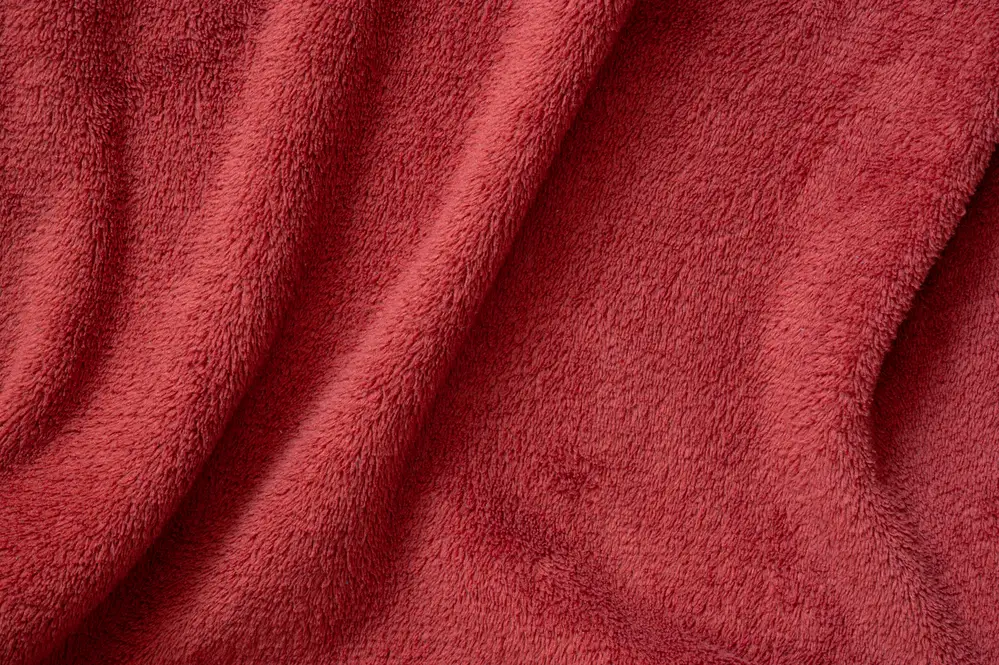
Microfleece fabric is a synthetic wool material first manufactured in the late 1970s. Microfleece is a versatile fabric that can be used to make a variety of clothing and home textiles; anything that is made from wool can be manufactured from microfleece. Microfleece is characterized by its plush soft feel and warmth.
Fabric Profile
Fabric Name: Microfleece
Synonyms: Fleece, polar fleece, vegan wool
Fiber Type: Synthetic polyester
Breathability: Moderately breathable
Absorbency: Very absorbent
Characteristics: Breathable, absorbent, doesn’t pill, wrinkle-resistant, soft, warm, quick-drying
Washing Requirements: Wash in cold water with other like items
Common Uses: Jackets, hats, scarves, mittens, hats, insulation, cloth diapers
Heat Press Temperature: Do not iron
- What is Microfleece?
- Types of Microfleece Fabric
- Microfleece Fabric Characteristics
- Downsides of Microfleece Fabric
- Common Uses of Microfleece Fabric
- Microfleece Fabric Pricing
- How is Microfleece Made?
- Where is Microfleece Manufactured?
- Microfleece Fabric Environmental Impact
- Microfleece Fabric Certifications
- History of Microfleece Fabric
- Microfleece Fabric Alternatives
What is Microfleece Fabric?
Microfleece cloth is a polyester fabric designed to replicate natural wool’s feeling. Polyester is a synthetic fabric made from plastic. Microfleece is, essentially, a thin fleece fabric; to be considered, microfleece must weigh less than 200 grams per square meter.
Microfleece is commonly used to make outerwear like jackets and vests, as well as gym clothes, blankets, and bathrobes. Microfleece clothing is incredibly soft and breathable. Microfleece is also a popular fabric choice for use in cloth diapers.
Microfleece comes in various weights and colors, and despite the name, fleece being part of the name, it is an incredibly versatile textile.
The term vegan wool is often applied to microfleece because it is made from recycled plastic and contains no animal products. However, despite being technically vegan, it is not biodegradable, so it is not the best fabric choice if the environment is a concern.
Microfleece vs. Microfiber vs. Microsuede
Microfleece, microfiber, and microsuede are all types of polyester and are all commonly found in cloth diapers and cloth diaper inserts. All three fabrics are super absorbent and excellent at wicking moisture away.
Microfleece feels soft and plush like fleece, microsuede has a smooth, silky feeling, and microfiber has a slightly rough texture. Microfleece and microsuede are non-irritating fabrics, and unlike microfiber, they can be placed directly next to your baby’s bottom.
Microfiber diaper inserts need to be used with pocket diapers or an additional absorbent layer. Microfleece is considered a stay fry fabric and is more commonly used as lining in cloth diapers. Many mainstream cloth diaper companies use all three fabrics to create their diapers and inserts.
While micro-textiles are best known for their use in cloth diaper products, you can also use all three fabrics to make sanitary products, towels, cleaning cloths, blankets, robes, and clothing.
Microfleece Fabric Characteristics
Microfleece fabric qualities include breathability, moisture-wicking, softness, and being incredibly absorbent. These top microfleece fabric properties are the very ones that make it a top choice for cloth diapering and diaper inserts.
Microfleece fabrics come in a variety of thicknesses and weights; however, to be considered microfleece, they must weigh less than 200 grams per square meter.
Microfleece material is incredibly soft to the touch and gentle on your baby’s skin and bottom, and unlike microfiber, it can be placed directly next to your baby’s skin.
Because it is so soft and flexible, microfleece is an excellent fabric for activewear and children’s clothing. As a bonus, it doesn’t hold in odor or create sweat stains, so it won’t smell bad as long as it is washed regularly.
Another positive microfleece fabric quality is that it isn’t prone to pilling like natural wool or microfiber. Microfleece can be placed in the dryer or dried on the line, but it’s a quick-drying fabric either way.
Downsides of Microfleece Fabric
Microfleece fabric has a lot of wonderful qualities, but there are a few downsides to the fabric. Even though it is hailed as a vegan fabric, polyester microfleece is made from plastics, so it is not biodegradable and cannot be considered an overly eco-friendly textile.
Even though high-quality microfleece isn’t prone to pilling, inexpensive or pooer quality microfleece may still pill. Additionally, like other types of fleece, microfleece is prone to static and is a highly flammable fabric.
Another downside to microfleece is that it can be challenging to wash and should only be washed with like objects. Microfleece tends to stain easily; however, pretreating microfleece may help remove stains, and you should wash the fleece within a few days after wearing or using it so that it doesn’t start to smell.
If you are using microfleece cloth diapers, consider using a biodegradable, flushable diaper liner to help prevent poop stains.
Common Uses of Microfleece Fabric
Microfleece textiles are primarily used for cloth diaper lining and diaper inserts; however, it is a versatile fabric with many uses.
The characteristics of microfleece fabric also make it a popular choice for cleaning and dusting cloths. Its soft texture makes it safe to clean most surfaces, and because it is so absorbent, it works well as a washing cloth or for mops.
Microfleece fabric is light and breathable, making it a preferred choice for outerwear like sweatshirts, jackets, and vests. In addition, it has the ability to wick moisture away to keep you dry and is insulating, so you’ll stay warm too!
Other widespread uses for microfleece are for bedding, sheets, and blankets. The thin fleece fabric is light and airy, making it breathable yet warm.
Microfleece is also used to make robes, towels, crafting like embroidery, and athletic wear.
Microfleece Fabric in Cloth Diapers
Microfleece fabric for diapers is most commonly used as lining or making diaper inserts. Because it is a lightweight fleece fabric, it doesn’t become heavy as it absorbs your baby’s urine, and it dries quickly, so your baby’s bottom stays dry too. A dry bottom prevents diaper rash and keeps your baby happy!
Many cloth diaper manufacturers use microfleece as their stay dry layer or lining, including Gerber, Charlie Banana, and Thirsties. Many reusable swim diapers also use microfleece because it is so thin, dries quickly, and doesn’t become bulky when wet.
Another reason parents love microfleece fabric is because it is cost-effective, which makes start-up cloth diapering costs more manageable. Although cloth diapering costs less in the long run than using disposable diapers, the upfront overhead makes some parents shy away.
Microfleece fabric durability also means that parents’ money on cloth diapers will go a long way. Microfleece is tough and can withstand the multiple washes and dry cycles that cloth diapers need to go through.
Microfleece Fabric Pricing
Microfleece fabric pricing is incredibly reasonable and cost-effective. You can find microfleece fabric by the yard for under $10 from most online retailers; in some instances, it is even under $5 per yard.
In addition, consumers have endless choices when it comes or microfleece fabric colors and patterns, so if you’re making homemade cloth diapers, you’ll be able to find styles to match you and your baby’s personalities!
Products made from the fabric also reflect the low wholesale microfleece fabric price clothing manufacturers pay. For example, a Port Authority microfleece pullover can cost as little as $25, or you can purchase a ladies Tek Gear microfleece top for under $20.
Microfleece diapers are much less expensive than organic cotton, bamboo, or hemp diapers, and you can find a seven-piece set on Amazon with decent reviews for under $20. However, keep in mind that when prices seem too good to be true, you may not be getting 100% microfleece or a lower quality fabric.
How is Microfleece Fabric Made?
Microfleece is primarily made from PET or polyethylene terephthalate fibers.
PET is comprised of plastic fibers, and in addition to being used to make clothing fibers, it is also used to make plastic water bottles and food containers. Initially, microfleece was not considered an eco-friendly fabric. However, many western and modern microfleece fabric manufacturers have begun using recycled plastics.
To make microfleece, the PET, whether made from crude oil or recycled, is chemically broken down and then spun into fibers that create yarn. Next, it is placed in dying vats to add color. After it has been dyed, it is knit or woven into fabric tubes. Then it is dried, washed, and dried a second time, and then solvents are added to soften the fabric.
The final step is to complete the softening process; the fabric is brushed and fluffed to create the soft, fluffy fleece nap characteristics of microfleece fabric texture.
Where is Microfleece Manufactured?
Microfleece is manufactured worldwide; however, one of the largest fleece manufacturers in the world is in China. Shaoxing Haoyouduo Textile Co. LTD in Zhejiang, China. In addition to selling fleece, the company also manufacturers a large selection of denim, cotton, sherpa, rayon, and more!
Even though China is one of the largest textile manufacturers in the world, consumers can purchase USA-made products too. For example, Seattle Fabrics Inc. sells a range of microfleece fabric weights and colors ranging from $11.95 per yard to $27.95 per yard.
Of course, perhaps one of the most famous microfleece manufacturers is Polartec. Polartec invented synthetic fleece in 1981 and has continued to reinvent the wheel since then. They now sell and manufacture recycled fabrics, USA and China-made fabrics, technical fleece, microfleece, and insulating fleece.
Synwin fabrics in China is a leading manufacturer of medical-grade fabrics for use in diapers, adult diapers, hospital sheets, medical gowns, etc. It is eco-friendly, breathable, and durable.
Microfleece Fabric Environmental Impact
Depending on where the microfleece has been manufactured the effect on the environment will vary. Originally microfleece was manufactured using petroleum-based materials and a heavy chemical process.
Thankfully, microfleece types are now manufactured using recycled PET and plastics, which has less of a negative impact.
Regardless of how the microfleece is manufactured, it has one significant negative impact, particularly to waterways and aquatic life. Microplastics like microfleece deposit tiny pieces of plastic every time they are washed. It is estimated that 35% of the microplastics in the ocean are from everyday laundry.
Sea animals end up consuming these microplastics, and they also end up in our drinking water. In addition, microplastics provide a breeding zone for microbes to grow and colonize, which could spread disease.
Because microfleece is comprised of plastics, it is not biodegradable; even microfleece made with recyclable plastics, while better for the environment, does not break down naturally.
Microfleece Fabric Certifications
Because microfleece is made from PET and is a petroleum-based textile, it is not eligible for any organic certifications. Any type or brand of microfleece designated for use in children’s products in the United States must be approved by stipulations in the Consumer Product Safety Improvement Act or CPSIA.
Microfleece manufacturers can also seek OEKO-TEX certification, which is a certification comprised of tests from a series of independent laboratories. The OEKO-TEX Standard 100 certifies that the fabric has been tested and found free of harmful substances and therefore is safe for human use. However, the OEKO-TEX certification doesn’t just certify the fabric; it also tests the buttons, zippers, strings, thread, and lining.
Products manufactured in the European Union can receive the CE Mark or Conformité Européenne. Products that earn a CE Mark have proven to meet all European health, safety, performance, and environmental standards.
History of Microfleece
Before microfleece, there was synthetic fleece. Polartec invented synthetic fleece in 1981and this was technically the beginning of microfleece fabric history. Synthetic fleece was invented as a vegan option to wool. In addition to being animal-free, it is also much less expensive than wool.
Thanks to the Maden Mills (the former name of Polartec) CEO Aaron Feuerstein’s decision to decline a patent for polar fleece today, microfleece is now manufactured by several different companies worldwide. Feuerstein intentionally made that decision so that the fabric could be produced widely and affordably. However, the company did patent PolarFleece, their specific design of the original fabric.
While fleece and polar were designed to replicate wool, microfleece’s primary use was to rival microfiber in cloth diapers. However, because of its breathability, lightweight feel, softness, and warmth, it quickly transitioned to other clothing articles, unlink microfiber, which is scratchy and rough to the touch.
Microfleece Fabric Alternatives
Depending on what the fabric is being used for, there are different fabric alternatives. For example, microfiber is an excellent substitute for microfleece when used in cloth diapering for diaper liners. Microfiber cannot be placed directly next to your baby’s skin, but it is more absorbent than microfleece.
When it comes to jackets, vests, shirts, or other types of outwear or clothing lining, regular weighted fleece works just as well as microfleece; however, it is heavier.
Microsuede is also an alternative to microfleece and can be used in cloth diapers, clothing, tablecloths, and upholstery. Microsuede has a soft, silky texture. Yard for yard microsuede has a comparable price to microfleece.
Wool is another alternative for microfleece, especially for people who do not mind using animal products. However, wool is much more expensive than microfleece, and as a bonus, since it is a natural product, it is biodegradable.
FAQ
What is microfleece fabric?
Microfleece is a synthetic polyester fabric that is incredibly lightweight, breathable, and repels water.
What is microfleece fabric like?
Microfleece fabric is soft, breathable, and hydrophobic which means it repels water and wicks moisture away from the skin.
Is microfleece fabric warm?
Microfleece fabric is incredibly warm, yet lightweight and breathable at the same time.
What is the difference between microfleece vs. fleece?
Microfleece is a child of fleece fabric, however, it is lighter and thinner than a traditional fleece.
What is the difference between microfleece vs. flannel?
Microfleece is made from polyester and flannel is made from cotton. Both fabrics have a soft nap.
What is the difference between microfleece vs. polar fleece?
The main difference between polar fleece is thicker and warmer than microfleece.
What is the difference between microfleece vs. microplush?
Microplush is very similar to microfleece but it is softer and is more reminiscent of velvet.
What is the difference between microfleece vs. cotton?
Microfleece is a synthetic fiber made from polyester and cotton is a natural fabric made from the bulb of the cotton plant.
What is the difference between microfleece vs. velux?
Velux is a name-brand fabric made from nylon that feels like velvet. Microfleece is also synthetic but it is made from polyester.

Laurel Davidson
Laurel brings her passion for parenting and years of problem-solving experiences to ParentingMode. She is the editor of ParentingMode, ensuring that the content is relevant and valuable to the readers. Laurel received her master’s degree in public administration with a certificate in economic development. She is a stay-at-home mom, raising two adorable kiddos, Aurora and Thomas. Laurel enjoys sharing her experience as a parent, traveling, and good food.


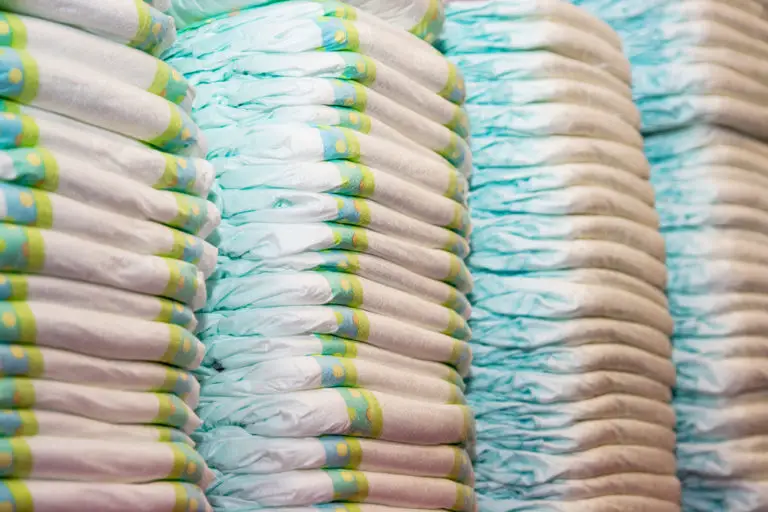
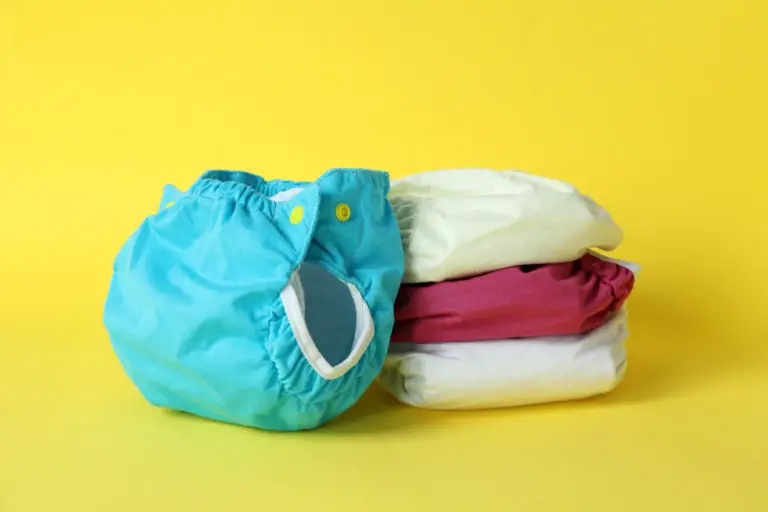
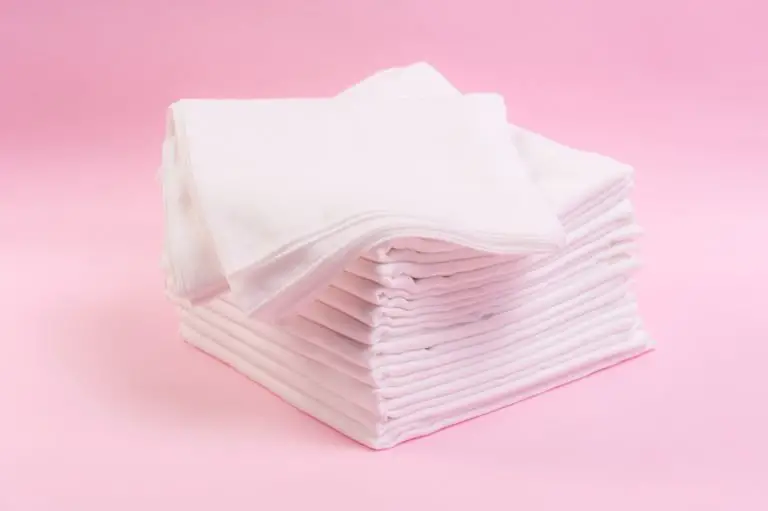
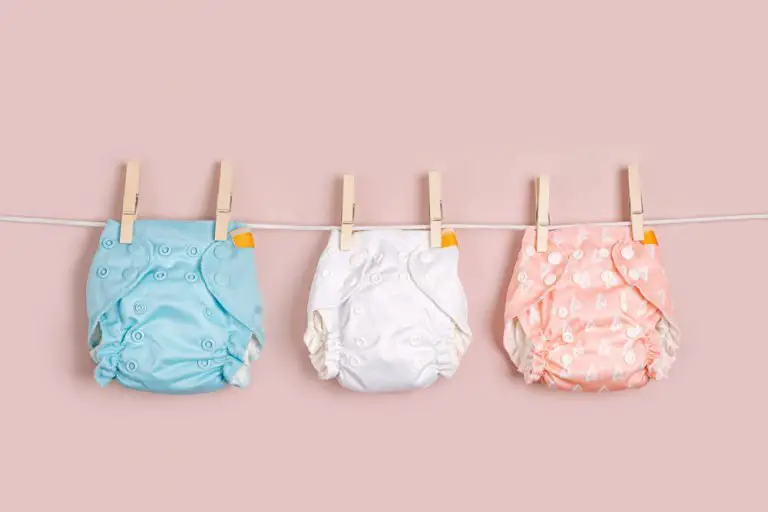
![12 Best Diapers in 2024 [Chemical-Free & Super-Absorbent]](https://parentingmode.com/wp-content/uploads/2022/06/Depositphotos_152234060_S-768x512.jpg)